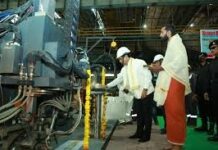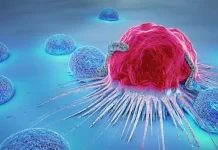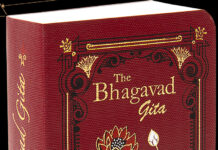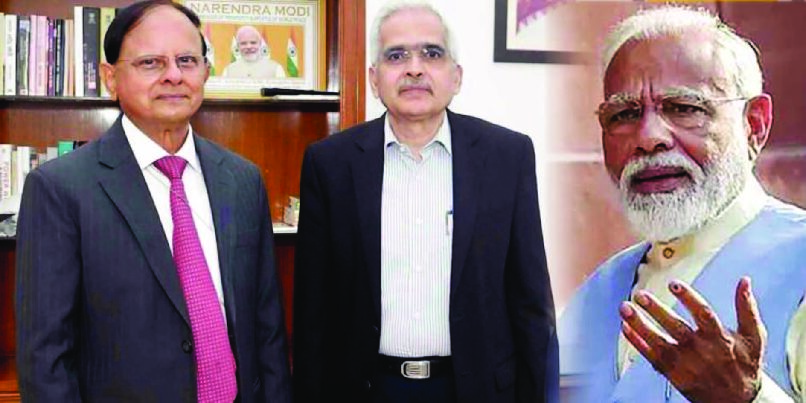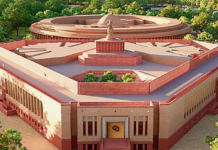Point of View
Rebirth or transmigration is a non-physical essence of a living being after biological death. Resurrection is a similar process hypothesized by some religions that involve coming back to life in the same body. Such reincarnation theories also prevail in Jainism, Sikhism, Buddhism and Paganism.We frequently come across reincarnation and transmigration theories in feature films, fictions and books on belief systems. But the abstract concept of Atma and Paramatma are as ancient as Hinduism and Indian epics.
Often the spirit of an individual is referred to as Atma while the Holy Spirit or Supreme Soul is termed Paramatma.
Incidentally, human beings are considered homo sapiens that act on the instructions of the ‘being’ on the earth. The being or the spirit which we address as Atma is believed to have its origins from the Supreme Soul or Paramatma.
According to prevalent Hindu belief systems, we draw our energy or spirit from the Supreme Source which is identified with the ‘Brahman’. One who is deprived of the bliss of the Supreme Soul considers herself/himself weak and powerless, a state of mental or spiritual vacancy or void.
The Supreme Soul is a power station for souls that get discharged like battery due to everyday tensions and worries. Hence the need to frequently get recharged each time our energies are depleted or drained out.
How do we recharge our spirits? By connecting with a power station through rest prayers and meditation. Saints and leaders have already emphasised the powers prayers could generate.
Jatasyahi dhruvam mrityu, reads the Bhagvadgita, which insists that death is inevitable for human beings and that it is followed by rebirth. This justifies journey of a soul through space and time. We have several interesting perspectives in Hinduism that suggest soul as an eternal servant of the Supreme Being. The understanding of the self as eternal supports the idea of reincarnation as it can inhabit human bodies that are mortal. So, it is more spiritual rather than material in Hinduism that emphasises detachment from the mundane world and promotes practices such as renunciation and sanyas. Thus, Atma is a spiritual being that gains a human experience on earth.
Orthodox schools of Hinduism believe that Ātma or Jiva resides in every living being. The Buddhist doctrine of Anatta, on the other hand, upholds the view that self or soul does not exist. However, the doctrine emphasises that an individual’s actions result in a new existence after death and may lead to an endless cycle of sorrow and suffering. Liberation from the chain of suffering is suggested through insight and elimination of desire.
Rebirth in Buddhist philosophy, in other words, is referred to as metempsychosis prescribing transformation through action, enlightenment and liberation. How quickly does a human being take rebirth or what in an individual allows rebirth after death is not clearly specified in Buddhisttraditions.
Buddhist doctrine, however, classifies post-death human life in six phases — heavenly transition (Deva), demigod (Asura), human (Manushya), animal (Tiryak), spirit life (ghost) and hell life
(Naraka) — depending upon noble or evil deeds.
But a majority of Buddhist literature underscores that a person’s consciousness evolves continuously through rebirths and redeaths. While some traditions assert that rebirth occurs immediately, others suggest an interim state of 49 days between death and rebirth.
Thus, rebirth or transmigration is a non-physical essence of a living being after biological death. Resurrection is a similar process hypothesized by some religions, that involve coming back to life in the same body. Such reincarnation theories also prevail in Jainism, Sikhism, Buddhism and Paganism.
Christianity and Islam, in general, do not believe in the reincarnation theories. Some sects within these religions, however, refer to reincarnation. Resurrection of Christ, according to believers, is the guarantee that all the Christian dead will be resurrected at Christ’s second coming.
Christian Gospels suggest that physical resurrection, was the restoration to life of a transformed body powered by spirit. But resurrection is virtually different from the reincarnation theories
propounded by Oriental philosophy.
Similarly, there is no rebirth in Islam as the angel of death transports the human souls to Allah with great care. “The angel of death who has been entrusted with you will take care of you. Then to your lord you will be returned.” (Quran 32:11)
This suggests that the angel and his assistants will seize the soul, ascend with it to the heavens and pray for it. Then Allah will announce the records and place it in illiyeen before it is returned to the earth and reunites with its body in the grave.







